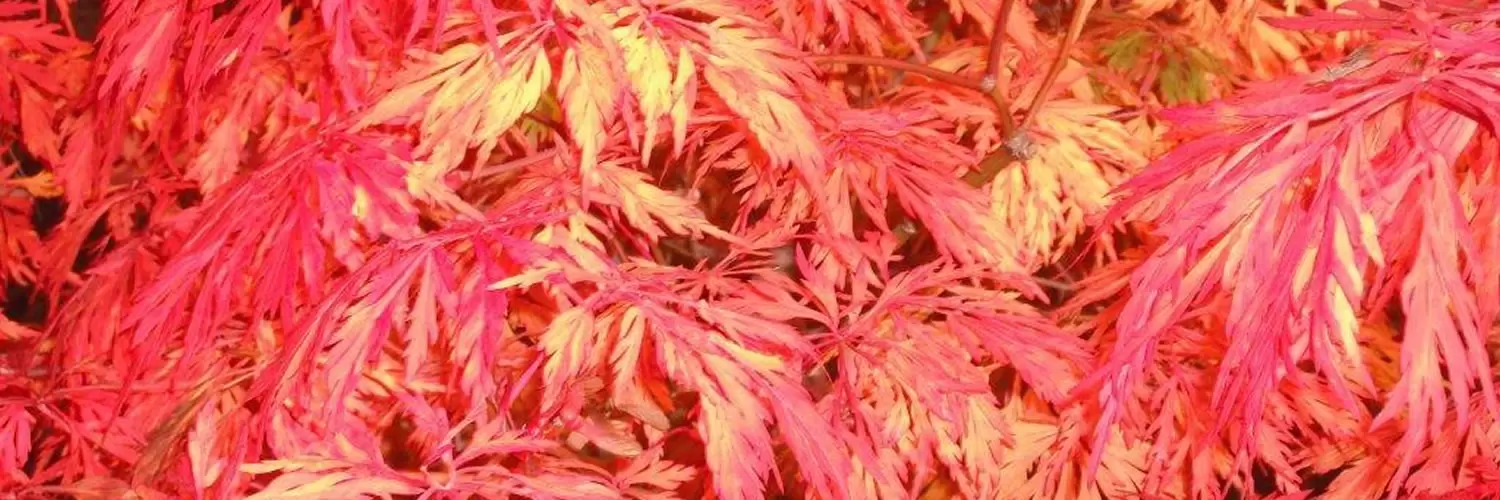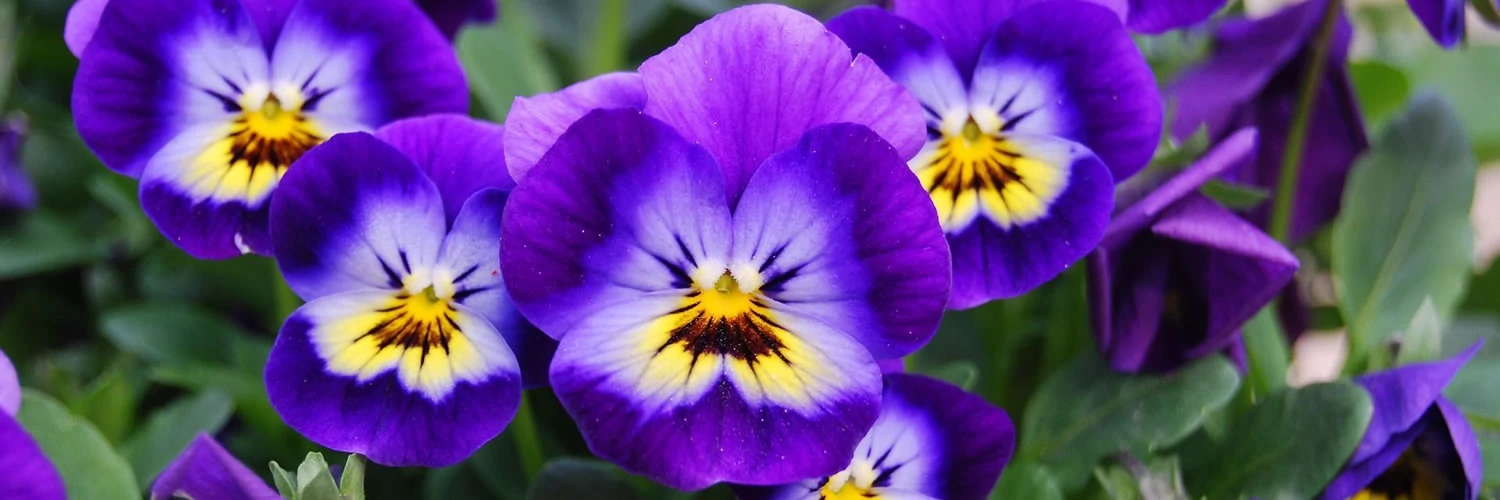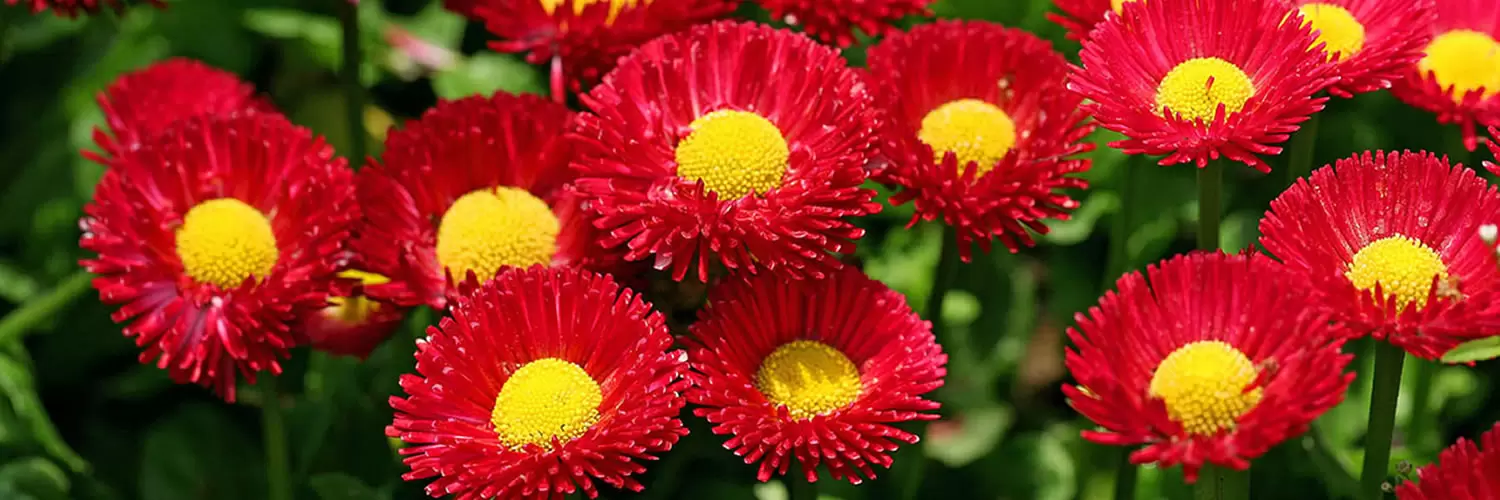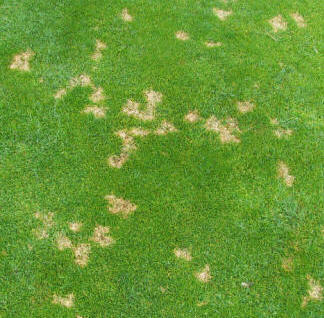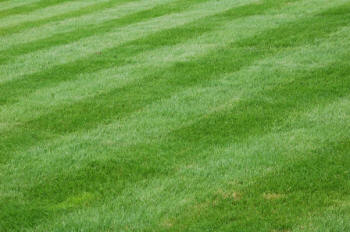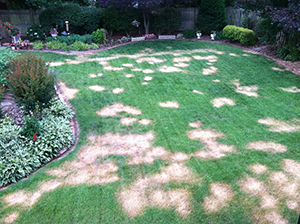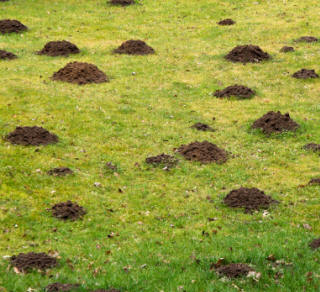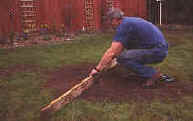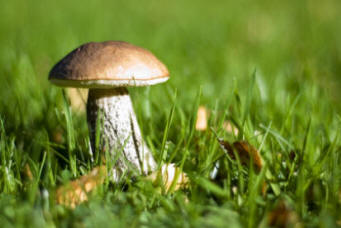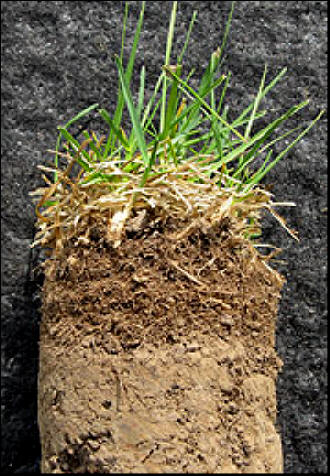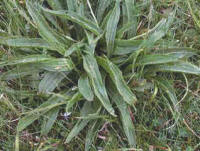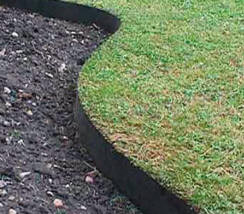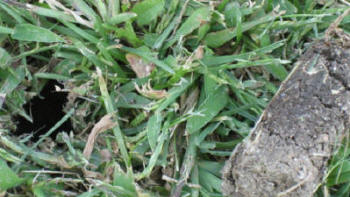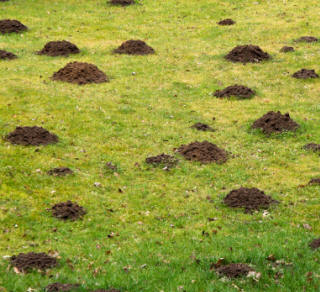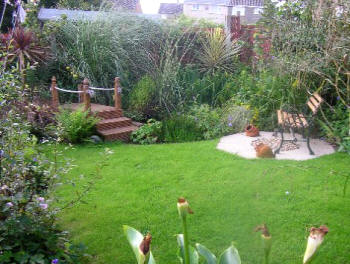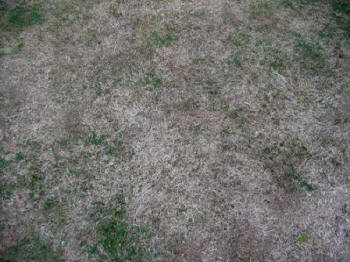
Brown Patches in Lawns
Broadly, lawn brown patches can be split into three categories - depending upon the size of the patch. Recognising the size and shape of the patch - simple you might think - can go a long way in identifying the cause of the brown patch. I have had mails in the past where the write has claimed to have brown patches on the lawn, when in fact the entire lawn was brown - killed off by the wrong use of a certain weedkiller!
The time of year the patches appear can also be a clue in identification, mainly by means of eliminating certain causes. For instance, small brown patches in the late autumn or winter lawn would rule out root damage by leatherjackets. These tend to feed during the summer months!
Together with this, knowing the age of the lawn can also be a help in determining the cause. Lawns less than a year old, sometimes have medium to large brown patches as a result of mower damage on an uneven lawn.
